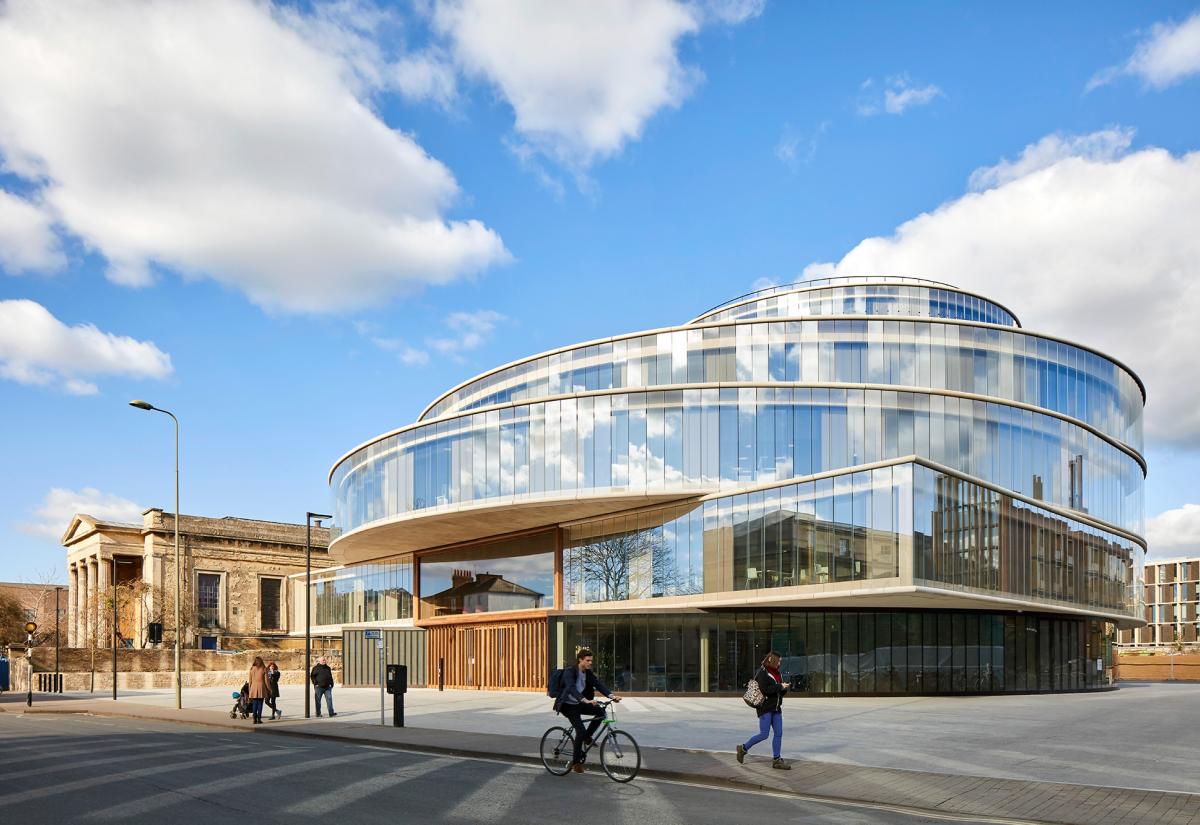
For-profit care homes in England deliver lower-quality care when most of their residents are funded by the state, while charity- and council-run homes maintain more consistent standards regardless of residents’ ability to pay, a new study published today in the journal Age and Ageing has found.
The research, led by Dr Anders Bach-Mortensen and Dr Ben Goodair at the Blavatnik School of Government, analysed inspection data from more than 14,000 care homes in England between 2021 and 2023, linking that to the funding status for over 350,000 care home residents. It highlights deep inequalities in the social care system and questions whether the current mixed-market approach can deliver fair and reliable care.
“The mixed market system was designed to deliver higher quality care services for all residents at lower costs”, note the authors. “Our findings suggest that outsourced provision strongly favours self-funded residents.”
Their research shows that financial incentives in for-profit homes may contribute to a two-tier system, in which those who can afford to pay more receive better care. The authors suggest that the “inequalities in care access and quality are likely to be exacerbated going forward as reform in the sector continues to be delayed”.
The research comes amid broader debate over the future of adult social care in England, where pressures from an ageing population, staffing shortages, and delayed reform have pushed the system to a critical point. Previous work by the same team has shown that the outsourcing of care services to the private sector has coincided with declines in care quality and rising inequality. The authors argue that without policy intervention, the most vulnerable residents—those dependent on public support—will continue to receive lower-quality services.
The full study, Resident funding and care home quality: a retrospective observational analysis of the impact of the two-tier care system in England, is available in Age and Ageing: https://academic.oup.com/ageing/article/54/5/afaf100/8124442
Recent news
MPP and MSc alumnus Carlos Santiago Guzmán wins the inaugural Michael Cichon Graduate Award
Carlos Santiago Guzmán Gutiérrez, an alumnus of the Master of Public Policy and the MSc in Public Policy Research, has received the inaugural Michael Cichon Graduate Award for outstanding master’s thesis in Social Protection. The award recognises his MSc thesis, “Universal Social Protection Schemes in Forced Displacement Settings: Evidence from Colombia.”



